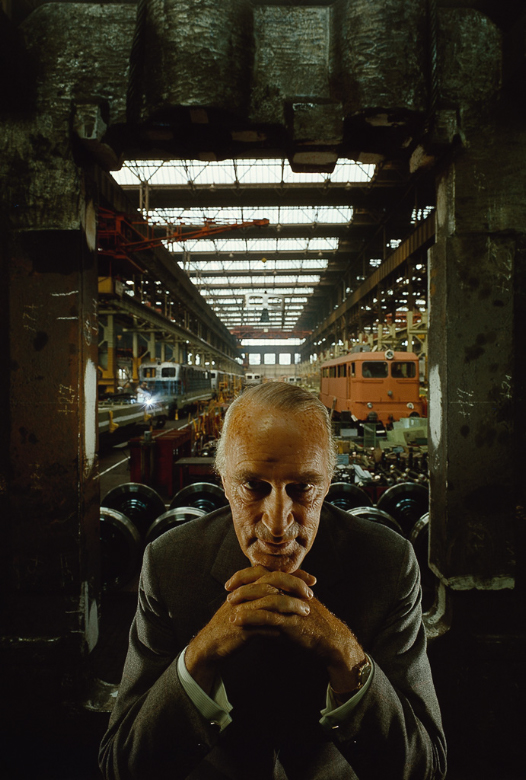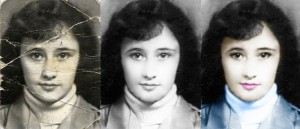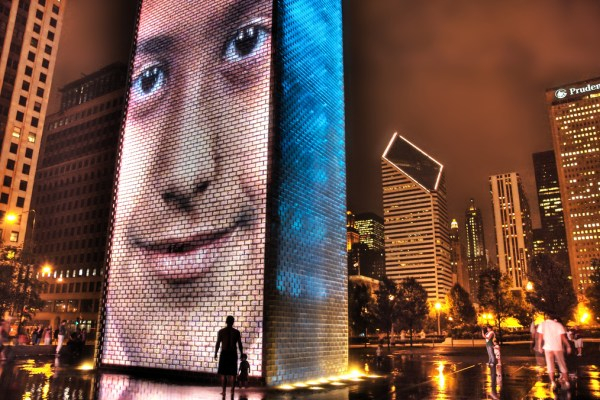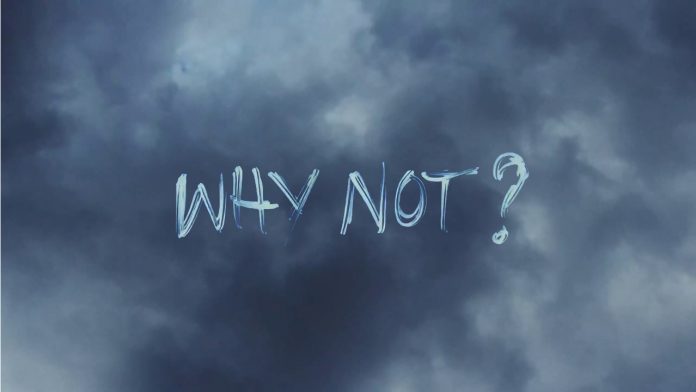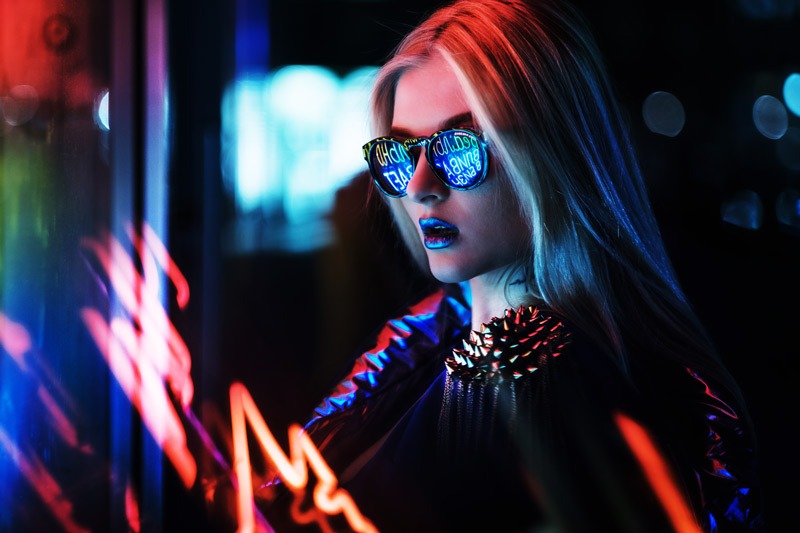PHOTOGRAPH OF THE WEEK: ALINA LANKINA. POETIC NATURALMS WITH FLOWERS
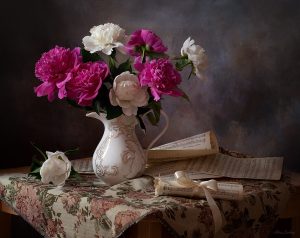 As you may have guessed, I often visit photosites and I am constantly looking for authors from whom I can learn something. Last week in the next such search I found a still life similar to Pushkin’s poem:
As you may have guessed, I often visit photosites and I am constantly looking for authors from whom I can learn something. Last week in the next such search I found a still life similar to Pushkin’s poem:
And immediately decided to get acquainted with its author. The works of the photographer Alina Lankina are good not only with competent lighting, composition and a skillful combination of color shades – although this is striking first of all. The still lifes of this author are amazing because they “sound”. Poetry and classical music.
Not surprisingly, Alina, moreover, turned out to be an open and benevolent girl. 🙂 She agreed to share a bit of her skill, and today I am happy to publish our interview with her.
How does the image of a new still life originate? Do you think it over in details before creating, or do you improvise while shooting?
It happens differently. I never draw the so-called layout, a sketch of a still life, which I will later shoot. I draw badly, and I do not like to schematically depict on paper. Sometimes the picture ripens in the head immediately and immediately you want to realize it when shooting, sometimes painfully born, and then objects are searched for, selected according to the idea, meaning, shape, color, etc. Improvisation is always, without it anywhere. The main thing is to listen to yourself, intuition, heart. It prompts at times. In the process of shooting, sensations come, it is even difficult, perhaps, to somehow unambiguously explain, here one must feel, live by it. I think still life is the artist’s confession. And he can not be a poet. Poetry is a state in which he lives constantly. Cold art is dead. You can not imitate feelings, pretend that you are going through. We must love and worry, we must feel.
Your works are remarkable composition. Do you have difficulties with the formulation of objects in the frame, and how do you cope with them?
Often I start from the well-known rules of composition: the golden section, the rule of the triangle, the rhythm in the arrangement of the forms, but also allow myself to escape from these stamps, slightly violating these rules. I believe that blindly follow them is not worth it, the frame is more interesting if you break them a little. In the process of shooting I make a lot of shots, try, see what happens, try again. It can be infinite, especially when selecting a composition in multi-subject still lifes. Always something is rearranged, looking for a suitable angle. Since I love flowers very much, and especially to shoot them, a rare still life I do without a bouquet or at least one flower. And, based on this, items are selected. Everything often depends on inspiration and mood. In the picture I try to put a piece of myself, a little soul. I love a beautiful picture, carrying a positive and good mood, and if sadness, then just a little bit. I want to show the beautiful.
Please share your personal inspiration in photography. By the poetry of still lifes, for some reason, it seemed to me that you probably like poems. Maybe I’m wrong?
I really like poems. Apparently, yet I am romantic in the shower. This is very noticeable in my works, you are right. It is also very inspiring paintings of such world famous artists as Baltasar van der Ast, Ambrosius Boshart the Elder, Caravaggio, contemporary Spanish painter Jose Escofet and many others. I am constantly in creative search, drawing inspiration from all that is beautiful.
It would be interesting to learn about the lighting technique (natural light or artificial? Were any modifiers like a light-disk used?), The choice of objects for still life and the arrangement of objects in the frame. What shooting parameters were used?
I really like the play of light, and I try to vary the work with him. I shoot both with artificial light and with natural light, which I still love a little more. When working with daylight, I control it with the help of cardboard sheets, forming the desired light pattern. The reflectors in this case, I do not use, because they give too much additional light, and in the still life it is the shadows and their play that are interesting. Indeed, it is much more interesting to unravel the fact that the author concealed a little from the viewer, forcing him to think out and develop the flight of fantasy. This work was filmed just in daylight. On the left there was a large window, something like a room forming an angle was lined up from two cardboard boxes, a background was draped over the cardboard boxes (I used a professional non-woven background here), a table with a composition was placed inside.
The shooting parameters were as follows: Canon 5D Mark II camera, Canon 85mm lens, F / 1.8 USM, aperture priority mode, aperture 10, shutter speed 2 sec., ISO 100. And, of course, you can’t do without a tripod. When processing was only framing and texture overlay on the background. I wanted to create something poetic, a bit old, it seemed to me that my favorite peonies are very comfortable with this.
